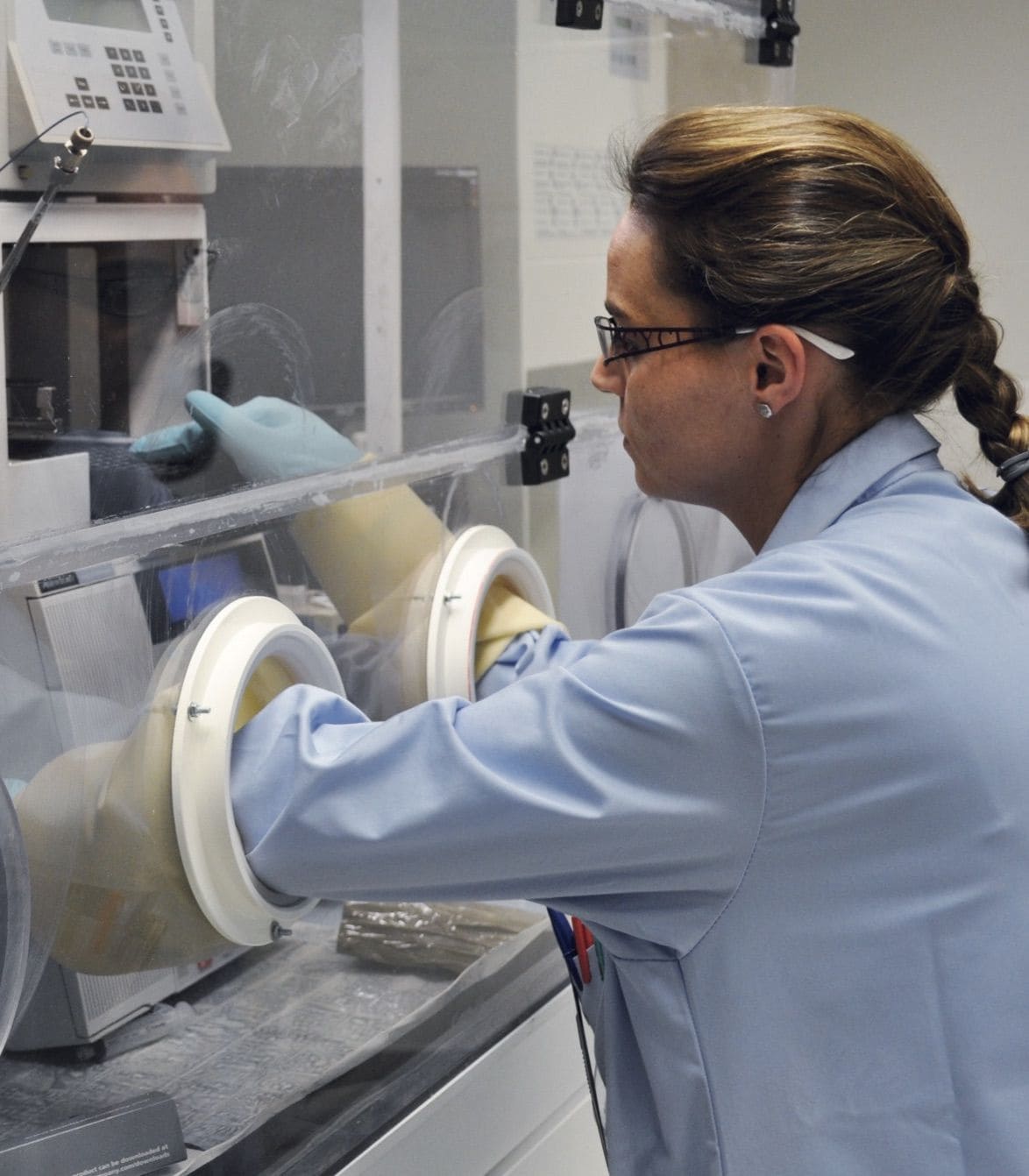Among the most frequently used radioisotopes, Iodine-125 (T1/2 ~ 60d) is the most versatile one and therefore best adapted to trace biologic therapeutics. Alternatives can also be considered, such as tritium (T1/2 ~ 12.3y) with 3H-NSP or residualizing radioisotopes such as Indium-111 (T1/2 ~ 2.8d).
A radiolabeling strategy has to be carefully tailored depending on the considered applications. Chelation or iodination induces minor modification of biologics. It is also essential to ensure that the label preserves biological properties of the therapeutic protein before any DMPK investigation is conducted.
Iodination – iodine-125 labeling service
Iodine-125 radiolabeling may be performed by two alternative methods, namely by targeting iodine-accepting groups present on the sequence or by the conjugation of a small radioiodinated molecule to the protein. Chelatec offers a wide range of iodine-125 radiolabeling techniques. We will advise you on the most appropriate method to reach your goals and preserve biological properties of your candidates.

Iodine-125: direct [125I] iodination
Iodogen®, Chloramine-T or Lactoperoxidase leads to the in situ preparation of an electrophilic radioiodine species, which reacts mostly with tyrosine groups.
Iodine-125: indirect [125I] iodination
This labeling method provides an alternative way to label proteins via Lysine amino function or Cysteine thiol function using specific prosthetic groups:
- The [125I]-SIB reagent (N-succinimidyl-3-[125I]iodobenzoate)
- The [125I]-SIB maleimide derivative
3H-NSP – radiolabeling of proteins
N-succinimidyl-[2,3-3H]propionate (3H-NSP) is a labeling reagent that allows to prepare tritiated proteins. This method is similar to the indirect iodination method. It labels free amino functions.
Other radioisotopes – trivalent radioactive ions
Using the appropriate bifunctionnal chelating agent, radioactive trivalent ions (Indium-111, Lutetium-177,…) will be attached on biologic molecules (antibodies, proteins,…). The labelled immunoconjugate obtained can be used in DMPK investigations or as a radiopharmaceutical.
The use of such residualizing radionuclides in DMPK studies can provide very useful information regarding the cumulative uptake in tissues or tumors (in case of internalization).
Radioligands – Iodine-125 for in vitro assays
Chelatec is a preclinical CRO specialized in radiolabeling and in vitro / in vivo applications. We also supply [125I] radioligands, key compounds in R&D/non-clinical investigations:
Among other, we provide:
- [125I]-Melatonin
- [125I]-Neurotensin
- [125I]-Somatostatin
- …
Please download our catalog to check all available radioligands (> 35 references). We can also prepare any custom – made Iodine-125 labeling.
